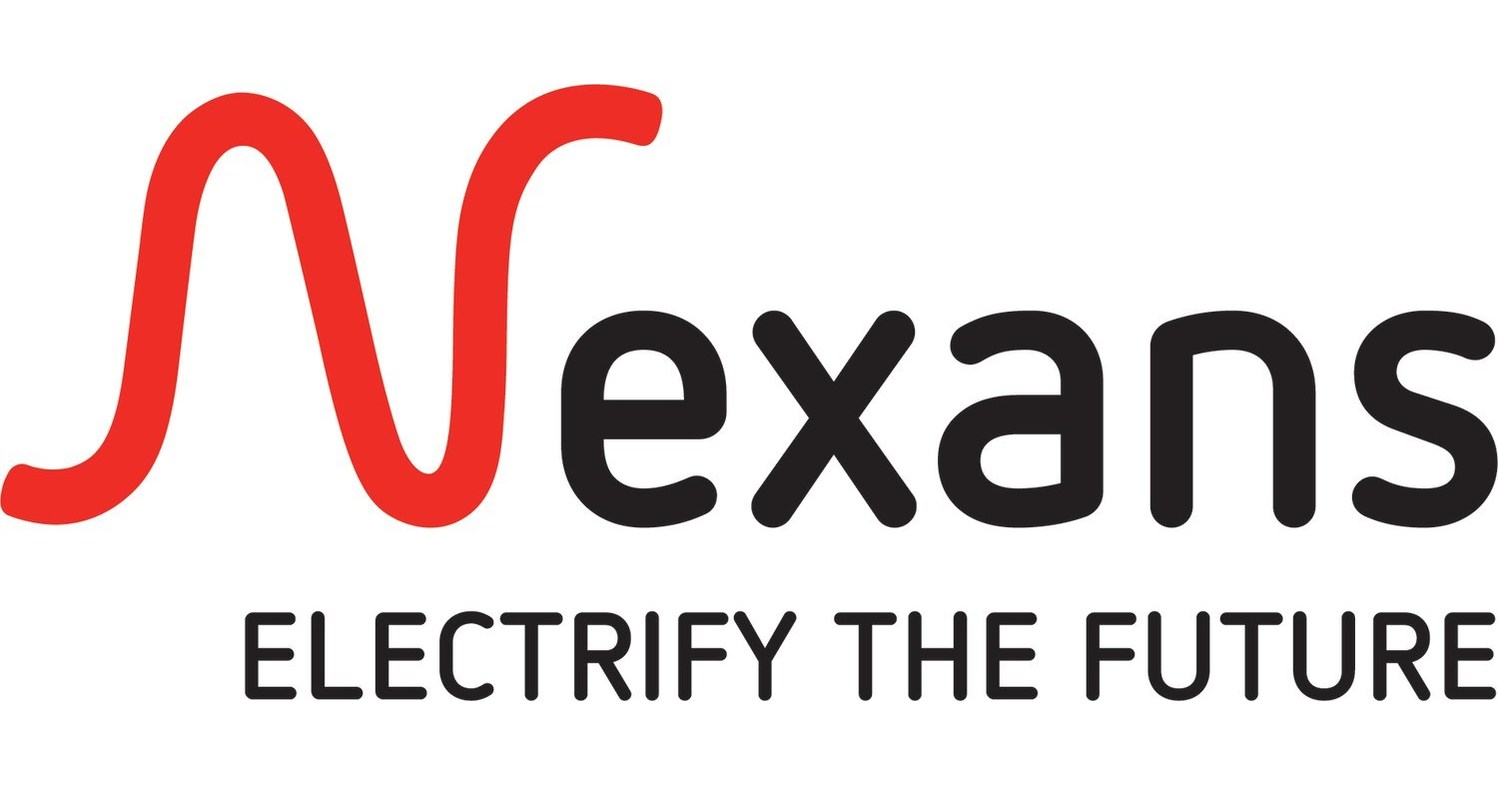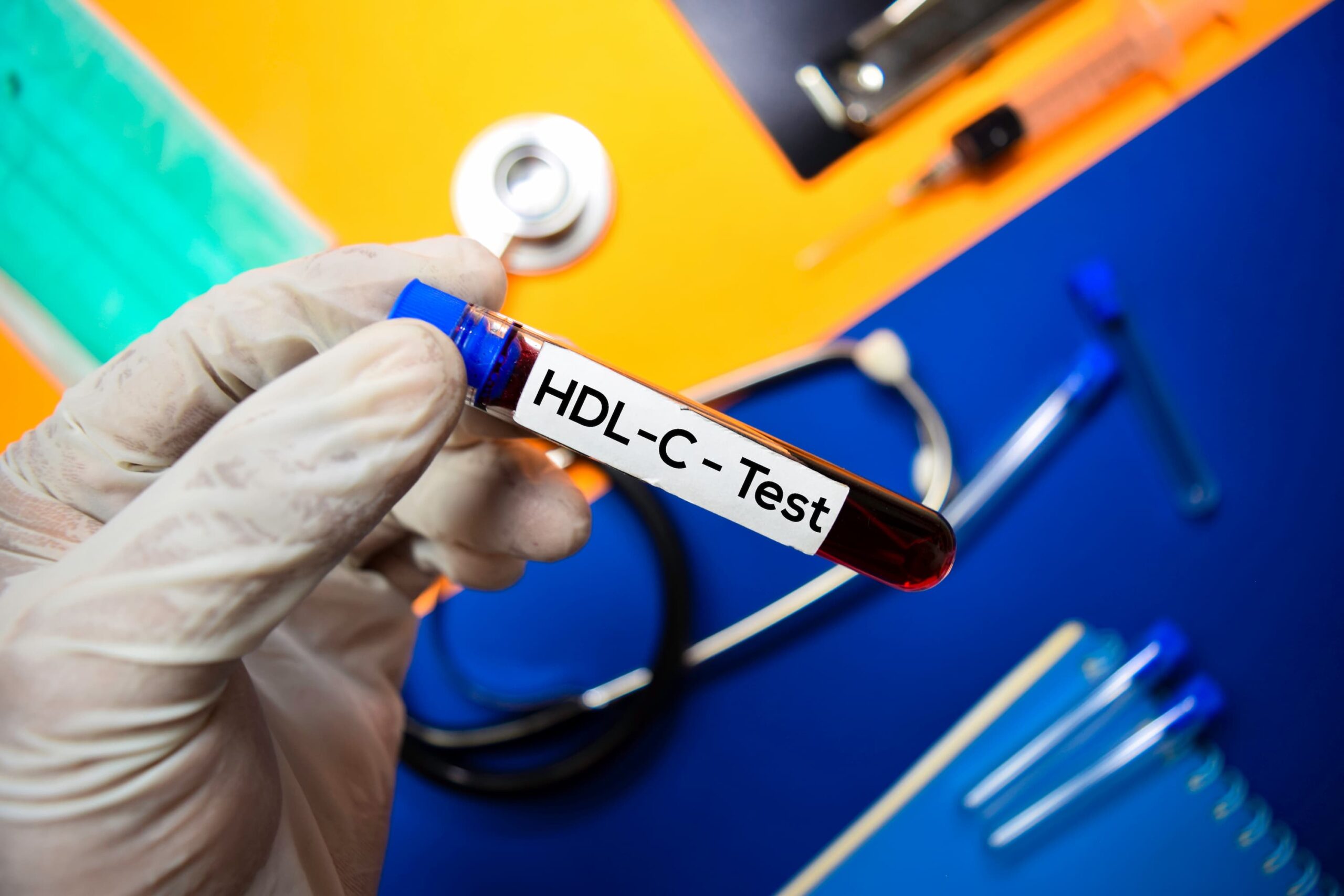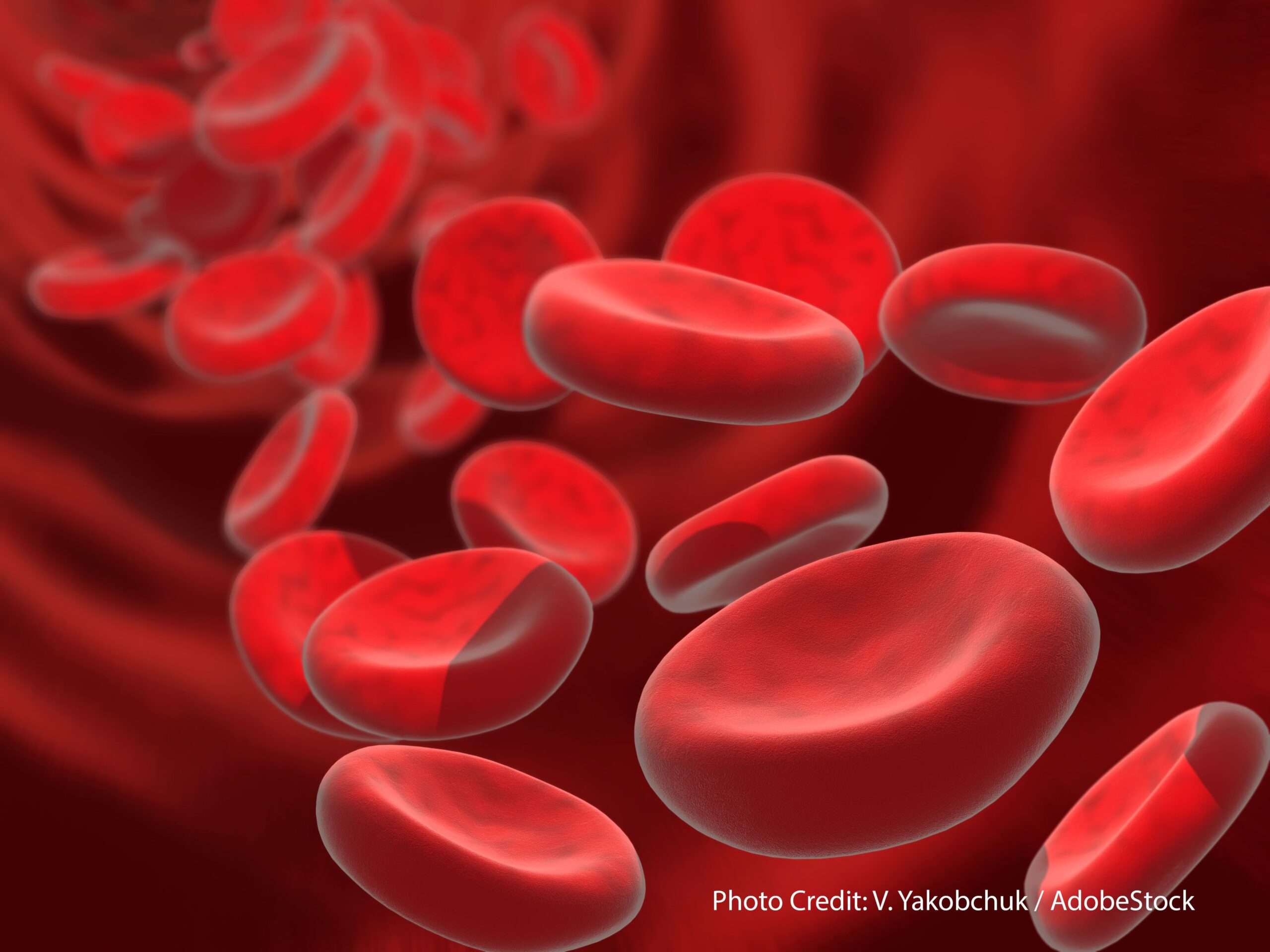PARIS LA DÉFENSE, France, Oct. 13, 2025 /PRNewswire/ — Nexans announces that its Board of Directors has resolved to appoint Julien Hueber as the new Chief Executive Officer and to part ways with Christopher Guérin. These decisions will take effect immediately; Christopher will be available to Julien until October 31st, 2025.
The Board of Directors wishes to create a new momentum to further optimize performance while executing the roadmap which was presented during the last Capital Market Day. The Appointments & Corporate Governance Committee has conducted a comprehensive process to propose a successor for the role of Chief Executive Officer, in line with its established succession plan approach and with the support of a leading executive search firm.
Julien Hueber, Executive Managing Director of Power Grid & Connect Europe, oversees a €2.6 billion business spanning 23 manufacturing plants. A member of Nexans’ Executive Committee since 2018, he joined the company in 2002. Julien brings extensive expertise in supply chain and procurement, as well as deep regional knowledge of Asia-Pacific, particularly China and South Korea, where he spent several years leading operations. He later headed Nexans’ global “Industrial Cables – Industry Solutions & Projects” business.
Jean Mouton, Chairman of the Board of Directors, stated: “Over the past 23 years, Julien has demonstrated exceptional leadership and a profound understanding of Nexans’ business, operating model, and culture. He combines a strategic vision for future technologies with a strong record of operational excellence, as evidenced by the remarkable acceleration of the PWR Grid & Connect Europe segment under his leadership. I have complete confidence in his ability to lead Nexans in this new phase of focused acceleration, in line with the goals announced during the last Capital Markets Day.”
The Board concluded that Julien Hueber’s extensive experience, proven leadership, and deep understanding of Nexans made him the ideal choice to lead the Company. His strong track record in shaping vision, defining strategy, and driving successful execution further reinforced this decision. The Board of Directors unanimously and enthusiastically endorsed his appointment.
The Board would like to express its deep gratitude to Christopher Guérin for his exceptional contribution to Nexans during his seven years as Chief Executive Officer. Beyond the strong financial results, Christopher has profoundly transformed Nexans into a focused leader in sustainable electrification, giving meaning and direction to its mission. He has brought innovation, responsibility, and simplicity to the heart of the company, while restoring confidence across teams worldwide. His leadership and passion have left a lasting mark on the Group and its people.
Jean Mouton, Chairman of the Board of Directors, said: “I would like to warmly thank Christopher for his remarkable commitment and his essential contribution to the transformation of Nexans. He has restored a sentiment of pride to be part of the Nexans family. We wish him every success in his future endeavours.”
About Nexans
Nexans is the global pure player in sustainable electrification, building the essential systems that power the world’s transition to a connected, resilient, and low-carbon future. From offshore and onshore renewable energies to smart cities and homes, Nexans designs and delivers advanced cable solutions, accessories and services that electrify progress safely, efficiently, and sustainably.
With over 140 years of history, through three core businesses: PWR Transmission, PWR Grid, and PWR Connect, Nexans blends deep industry expertise with cutting-edge innovation to accelerate the energy transition and better meet its customers’ needs. Its unique E3 model, focused on Environment, Economy and Engagement, drives every action, aligning performance with purpose.
Nexans operates in 41 countries with 28,500 people and generated €7.1 billion in standard sales in 2024. As recognized climate action leader, Nexans is committed to Net-Zero emissions by 2050 aligned with the Science Based Targets initiative (SBTi) and expanding energy access through the Foundation Nexans.
Nexans is listed on Euronext Paris, Compartment A.
www.nexans.com | #ElectrifyTheFuture
SOURCE Nexans









